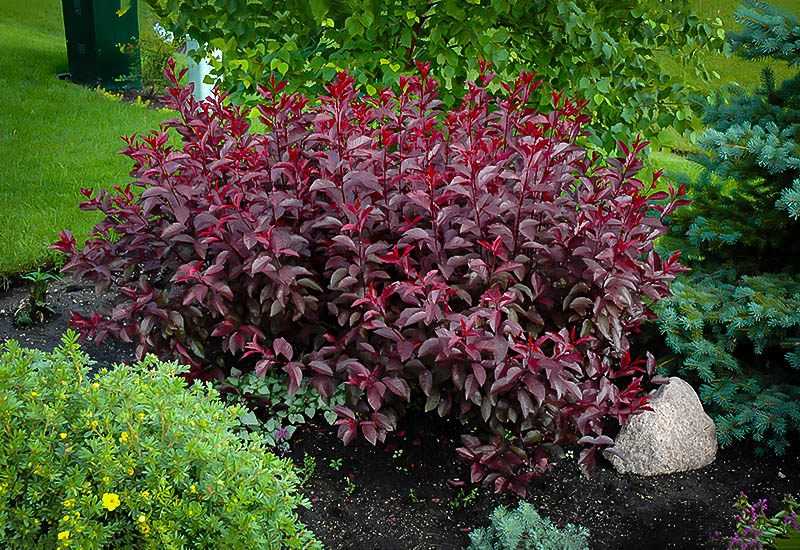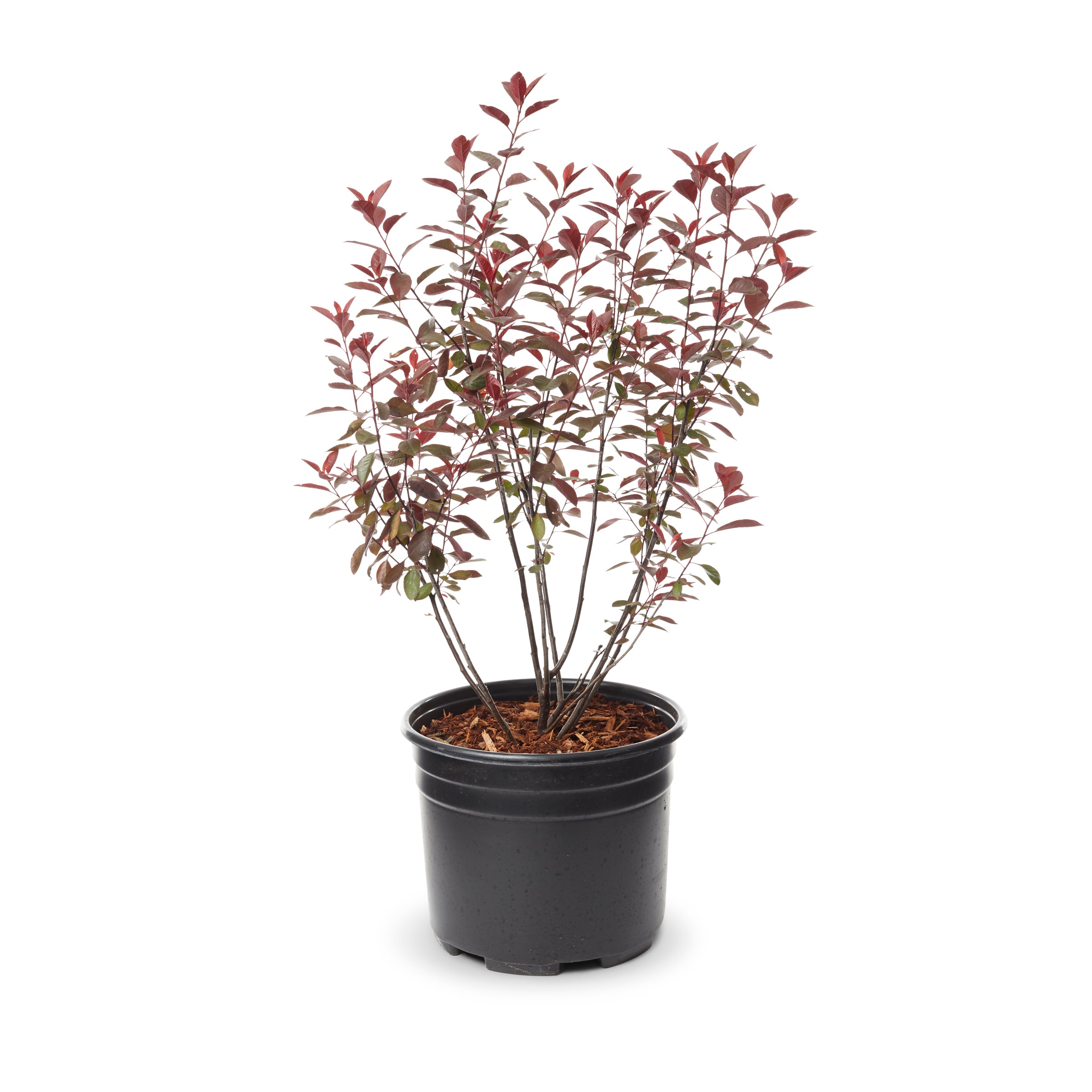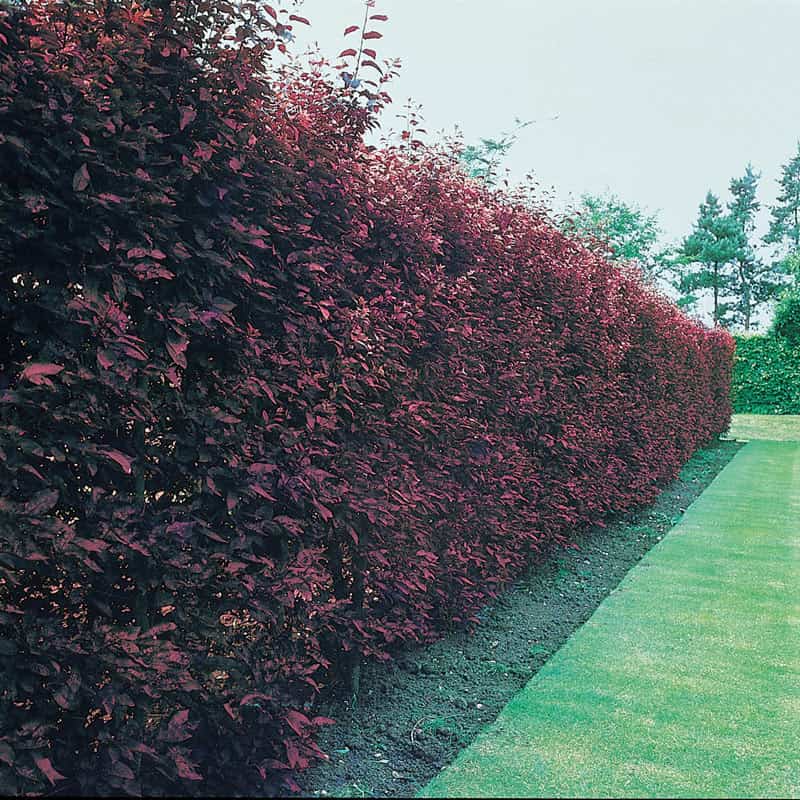How To Grow A
Starting a blog is a great way to share your thoughts and ideas with the world, but it can be tough to get noticed. If you want to grow your blog and attract more readers, there are a few things you need to do.
In this blog post, we will discuss some of the most effective ways to grow your blog. We will cover topics such as:
- Choosing a niche
- Creating high-quality content
- Promoting your blog
- Building an audience
By following these tips, you can grow your blog and reach more people with your message.
Choosing a Niche
The first step to growing your blog is to choose a niche. A niche is a specific topic or area of interest that you will focus on with your blog. When choosing a niche, it is important to choose something that you are passionate about and knowledgeable about. It is also important to choose a niche that is not too broad or too narrow. A broad niche will make it difficult to stand out from the competition, while a narrow niche may not have enough potential readers.
Once you have chosen a niche, you can start to create content that is relevant to your target audience.
Creating High-Quality Content
The most important factor in growing your blog is to create high-quality content. This means writing posts that are well-researched, informative, and engaging. It also means using high-quality images and videos. When you create high-quality content, you will attract more readers and keep them coming back for more.
Promoting Your Blog
Once you have created some high-quality content, you need to promote your blog so that people can find it. There are a number of ways to promote your blog, including:
- Social media
- Guest blogging
- Submitting your blog to directories
- Email marketing
- Pay-per-click advertising
By promoting your blog, you can increase your visibility and reach more potential readers.
Building an Audience
Once you have attracted some readers, you need to build an audience. This means encouraging your readers to comment on your posts, share your content, and subscribe to your email list. When you build an audience, you will have a group of people who are interested in what you have to say and who will be more likely to read your future posts.
Conclusion
Growing your blog takes time and effort, but it is possible if you follow the tips in this blog post. By choosing a niche, creating high-quality content, promoting your blog, and building an audience, you can grow your blog and reach more people with your message.
Sand cherry shrubs are a beautiful and low-maintenance addition to any garden. They are native to North America and can be found growing in dry, sandy, and rocky soil across the Midwest to the Eastern Seaboard. Sand cherry shrubs are known for their delicate white or pink flowers in spring, which attract pollinators such as bees, butterflies, and birds. In summer, the shrubs produce small, tart cherries that can be eaten fresh or used in pies and jams. In fall, the leaves of sand cherry shrubs turn a beautiful red-orange color.
If you are interested in learning more about sand cherry shrubs, please visit Home Gardening. This website provides detailed information on the care, planting, and propagation of sand cherry shrubs. You can also find photos and videos of sand cherry shrubs in bloom.
FAQ of sand cherry shrub
- What is a sand cherry shrub?
A sand cherry shrub is a deciduous shrub that is native to North America. It is known for its beautiful purple foliage, which can add a splash of color to any landscape. Sand cherry shrubs are also relatively easy to care for and can tolerate a variety of soil and sun conditions.
- Where does sand cherry come from?
Sand cherry is native to eastern Canada south to the northeastern United States. It can also be found in some parts of Asia.
- Are sand cherries good to eat?
Yes, sand cherries are edible. They have a tart flavor that is similar to other cherries. Sand cherries can be eaten fresh, cooked, or made into juice.
- How to grow sand cherry shrub?
Sand cherry shrubs are relatively easy to grow. They prefer full sun to partial shade and well-drained soil. Sand cherry shrubs can be planted in the spring or fall. Water them regularly, especially during the first year after planting. Fertilize them once a year in the spring with a balanced fertilizer.
- How to propagate sand cherry shrub?
Sand cherry shrubs can be propagated from seed, cuttings, or suckers. Seed propagation is not recommended, as it is not always successful. Cutting propagation is the most common method. To propagate a sand cherry shrub from cuttings, take softwood cuttings in the spring or summer. The cuttings should be about 4 inches long and have at least two nodes. Plant the cuttings in a well-drained potting mix and keep them moist. The cuttings should root in about two weeks.
- How to care for sand cherry shrub?
Sand cherry shrubs are relatively low-maintenance. They need to be watered regularly, especially during hot, dry weather. They should also be fertilized once a year in the spring with a balanced fertilizer. Sand cherry shrubs do not need to be pruned often, but they can be pruned in the spring to remove dead or damaged branches.
- What are some common problems with sand cherry shrub?
Sand cherry shrubs are susceptible to a few pests and diseases, including aphids, scale insects, and powdery mildew. These problems can be treated with insecticidal soap or neem oil. Sand cherry shrubs can also be affected by root rot, which can be caused by overwatering or poor drainage. Root rot can be fatal to sand cherry shrubs, so it is important to water them properly and to plant them in well-drained soil.
Image of sand cherry shrub
10 different images of sand cherry shrub that are free to use:
- A close-up of a single sand cherry flower. The flower is white with a pink blush and has five petals.
- A cluster of sand cherry flowers in bloom. The flowers are arranged in a raceme, or elongated cluster.
- A sand cherry shrub in full bloom. The shrub is covered in white and pink flowers.
- A sand cherry shrub with ripe fruit. The fruit is small and red.
- A sand cherry shrub in fall. The leaves of the shrub have turned red and orange.

- A sand cherry shrub in winter. The shrub is bare of leaves.
- A sand cherry shrub in a forest. The shrub is surrounded by other trees and shrubs.
- A sand cherry shrub in a garden. The shrub is planted in a flower bed.
- A sand cherry shrub in a pot. The shrub is planted in a pot and can be grown indoors or outdoors.

- A sand cherry shrub as a hedge. The shrub has been trimmed to form a hedge.

Post a Comment for "How To Grow A"